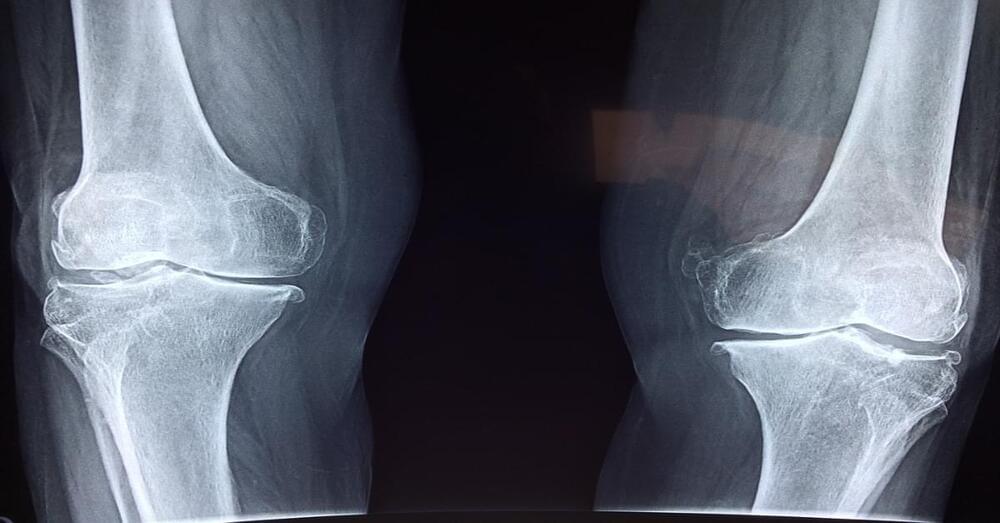𝐏𝐫𝐨𝐥𝐢𝐟𝐢𝐜 𝐚𝐮𝐭𝐢𝐬𝐦 𝐫𝐞𝐬𝐞𝐚𝐫𝐜𝐡𝐞𝐫 𝐡𝐚𝐬 𝐭𝐰𝐨 𝐝𝐨𝐳𝐞𝐧 𝐩𝐚𝐩𝐞𝐫𝐬 𝐫𝐞𝐭𝐫𝐚𝐜𝐭𝐞𝐝
An autism researcher lost two dozen papers to retraction in January, eight years after the publisher was made aware of potentially troubling editorial practices. Elsevier, the publisher, cited undisclosed conflicts of interest, duplicated methodology and a “compromised” peer-review process as reasons for the retractions.
The papers were published in Research in Developmental Disabilities and Research in Autism Spectrum Disorders between 2013 and 2014 — a period when Johnny Matson, then professor of psychology at Louisiana State University (LSU) in Baton Rouge and an author on all of the papers, was editor-in-chief of both journals.
Elsevier’s retractions focus on peer review and conflicts of interest.








